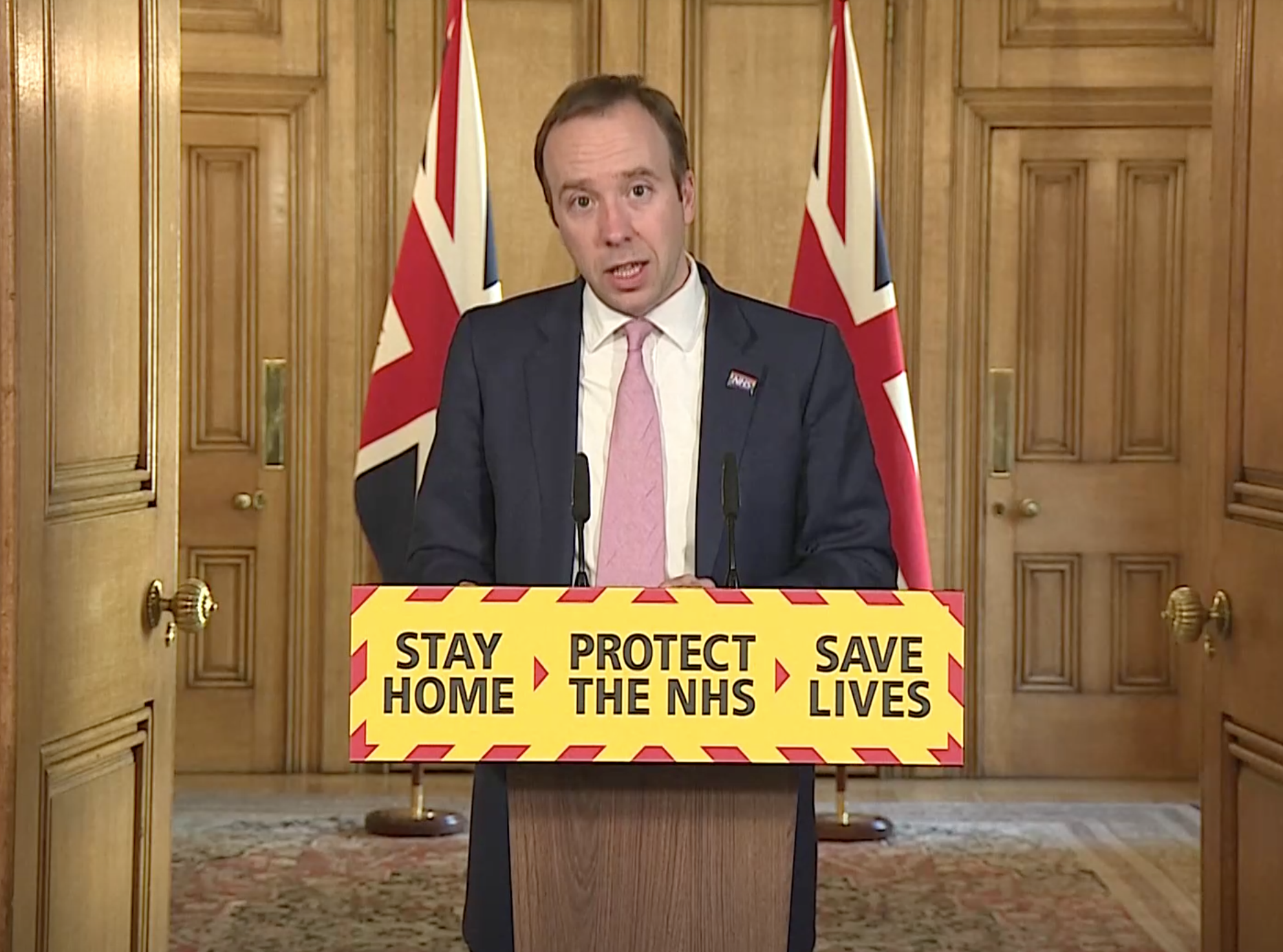Coronavirus: Why ministers can’t claim to be guided by ‘the science’
With expert opinion differing, the government must take responsibility for decisions, writes Sean O'Grady


From the very first public statements by ministers on dealing with the coronavirus crisis, they have been consistent that they would be “guided by the science”. It sounded wise but it was flawed.
The problem with that unexceptionable sentiment is the definite article. For there never has been such a thing as “the science” – a single scientific view on Covid-19 and how to deal with it. Hence a degree of disarray about exactly what science the government has in reality been following for the past few critical weeks.
Apart from anything else, that is because so little was known about “novel coronavirus”, an entirely new phenomenon. So the science was always going to be uncertain.
Second, virologists, epidemiologists and medics are as liable to disagree as, say, palaeontologists. Overlaying that is the advice the government receives from their social scientists – economists and behavioural psychologists. These are also disciplines prone to different schools of thought.
Balancing all of these was the job of ministers, who had to trade off, say, the effects of an early draconian lockdown on the economy as well as public health. Act too soon and the public might ignore the restrictions too soon; act too late and the NHS would be overwhelmed. Supplies of every vital piece of equipment were low, and it was impossible to know when they might be available.
But there was politics too. When Boris Johnson appeared at the first of the daily press conferences on 12 March he was careful to have the chief medical officer, Chris Whitty, and the chief scientific adviser, Sir Patrick Vallance flanking him (albeit a little too near). They were there to explain “the science”, to reassure the public and to field the trickier questions while the politician had time to think of an answer to the questions aimed at them.
There was another function, of course. The doctrine of following “the science” and the advice of “the two gentlemen of corona” as they were dubbed, offered ministers the ultimate cover if things went wrong. Whether consciously engineered or not, appearing to rely continuously and punctiliously on the experts would absolve ministers of blame if, say, the strain on the NHS and an appalling loss of life turned into a political crisis for the government. The hapless experts could be dumped on when the time came for any reckoning, fairly or not.
Hence, for example, what the health secretary Mike Hancock told reporters after the first Cobra meeting, that “the clinical advice is that the risk to the public remains low”. It was no doubt what he was told by his experts, based on limited information at the time, so who is really to blame (if anyone) if it turns out to be wrong, as it did?
Later, after that position was demonstrably outdated and as things grew more serious, Hancock made a statement to the House of Commons on 9 March. The UK total death toll had just risen to four and total confirmed cases reached 319. Announcing the shift in strategy from the “contain” phase (testing and tracing) to the “delay” phase (some voluntary restrictions), he stated: “Throughout, our approach is guided by the science. That is the bedrock on which we base all our decisions.
“Our plan sets out what we are prepared to do and we’ll make the right choices of which action to pursue at the right moment.
“The scientific advice is clear – acting too early creates its own risks, so we will do what is right to keep people safe. Guided by the science, we’ll act at the right time and we’ll be clear and open about our actions and reasons for them.”
The alibi was set then for the charges levelled now, that testing and tracing was abandoned too soon, and the lockdown imposed too late.
Yet, as the recent Reuters investigation suggested, there were political choices also being made in these weeks, including the prime minister’s aversion to restricting personal liberties. Nor did “the science” stay still.
When the critical Imperial College study was published on 16 March, and suggested many more fatalities than had been assumed on the current voluntary policy, the government quickly moved towards more stringent measures. Only a few days before, these had been resisted and said to be of limited use, such as closing schools, but even at this point the restrictions on social isolation were progressing more slowly than some were urging.
“Some”, that is, including some scientists on the inside as part of a vigorous debate within the government. The choice for ministers was which of the various internal and external experts, including in the Sage (Scientific Group for Emergencies) to follow, and how much weight to give to economic costs. Sage reports directly to the prime minister and the Cobra emergency committee.
HM Treasury is now more closely supervised by No 10. The prime minister has the final judgement. Only on 24 March was the “stay at home” lockdown launched by Boris Johnson, and the emergency legislation was passed the day after.
As the old adage goes, advisers advise, ministers decide, and that means the prime minister. It is worth remembering, especially as we embark on a period when the prime minister is supposed to be spending less time on decisions.
Join our commenting forum
Join thought-provoking conversations, follow other Independent readers and see their replies
Comments